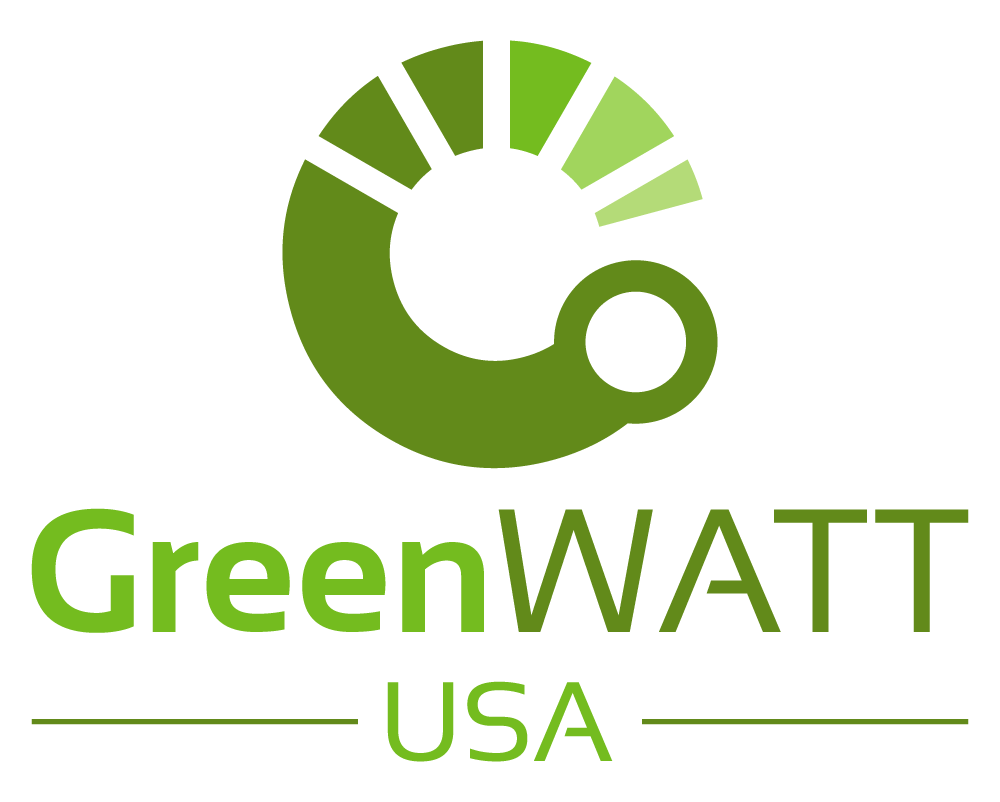
Combined Heat & Power (CHP)
Combined heat and power (CHP) systems – also known as “cogeneration” – use traditional fuels in new, more efficient ways to produce electricity and useful heat energy. CHP systems can also use renewable fuel sources such as biogas, which further enhances the clean characteristics of these systems.
With a combined heat and power CHP system the heat given off by a working engine or combustion turbine is captured and used to warm the air and/or water for a building or buildings, or be used in manufacturing or other processes that require heat energy. Such systems, which produce both electrical and thermal power, are incredibly efficient because very little energy goes to waste. Whereas a standard fossil-fuel powered generating station may capture less than 50 percent of the energy in the fuel source, a cogeneration system can capture 80 percent or more.
A cogeneration system can be built on-site at your institution or business and, once operational, significantly reduce your annual energy costs.
User Benefits
-
Decrease energy costs - CHPs are more efficient than antiquated energy technologies employed by most businesses. By using less energy to power your facilities, your energy costs will naturally decrease.
-
Increase energy resiliency - Regardless of events happening externally, such as hurricanes, floods, extreme cold or blackouts, CHP technology gives you resilience as it ensures you can power your facilities on your own.
-
Reduced risk from uncertain energy prices - During peak demand when energy prices rise, running a CHP at higher capacity will reduce a spike in your energy costs. This allows for better expense planning.
-
Increased economic competitiveness - With energy savings there’s more capital to invest in your core mission. While competitors are taking a larger hit on their bottom line, you’ve got an advantage.
A combined heat and power (CHP) system employs multiple technologies to maximize the capture of energy produced by an engine or turbine, also known as the “prime mover.” Much of that energy is transferred into a generator and becomes electricity. Other energy given off by the engine or turbine is heat that’s captured by a recovery unit. It is then used to heat water or for building air temperature control.
Examples of commercially available CHP systems:
-
Gas turbine
-
Microturbine
-
Reciprocating engine (diesel or natural gas)
-
Steam turbine
-
Fuel cells
Each kind of CHP system has particular advantages and disadvantages, including the costs to install, operation and maintenance costs, production capacity, efficiency, noise and base fuels that can be used. A CHP system can be fueled by traditional fossil fuels such as natural gas or oil. It can also be fueled by biomass feedstocks, including digester gas from wastewater treatment systems, landfill methane, crop and manure biogas and even food processing residues.
The energy efficiency of all five types of these systems far outpaces the efficiency of any traditional, stand-alone heat or power system. By capturing more of the energy that’s created by the fuel being harnessed, less fuel is used. Institutions that install a CHP system can see their total energy costs cut by a third or more because while their energy needs haven’t decreased, less fuel is required to satisfy those energy demands.
The GeenWATT USA Inc. team is ready to answer any questions you might have, so contact us today and let’s get started finding the right CHP for your business. You will see the savings on your first energy bill, so you can be sure you will see a healthy return on your investment and benefit from the simplicity and reliability of a combined heating and power generator in a short time.
